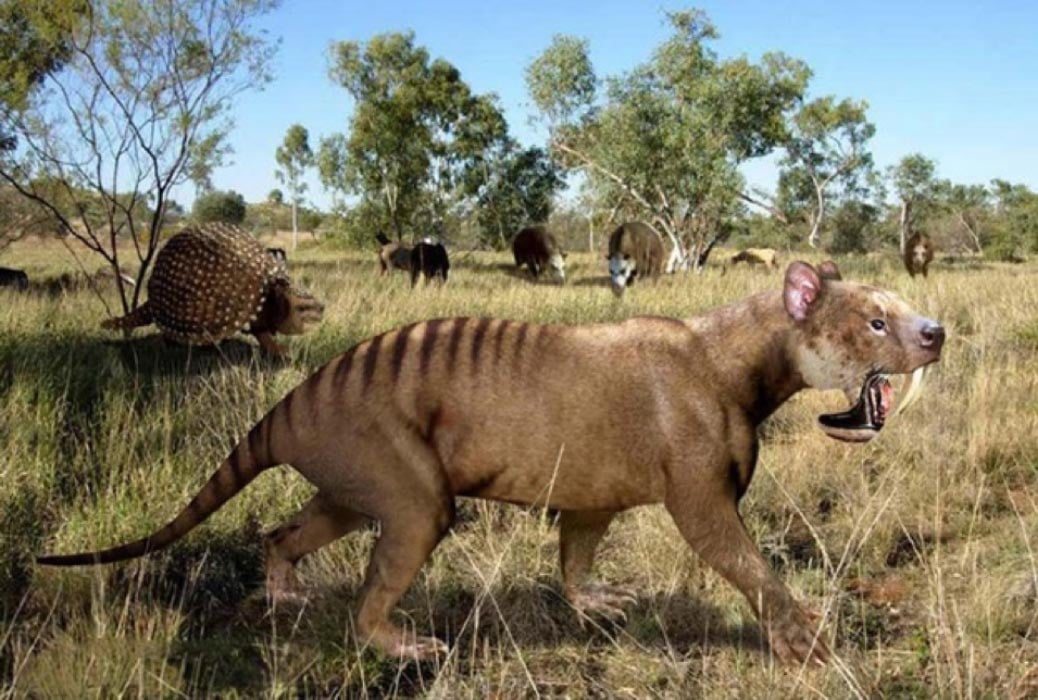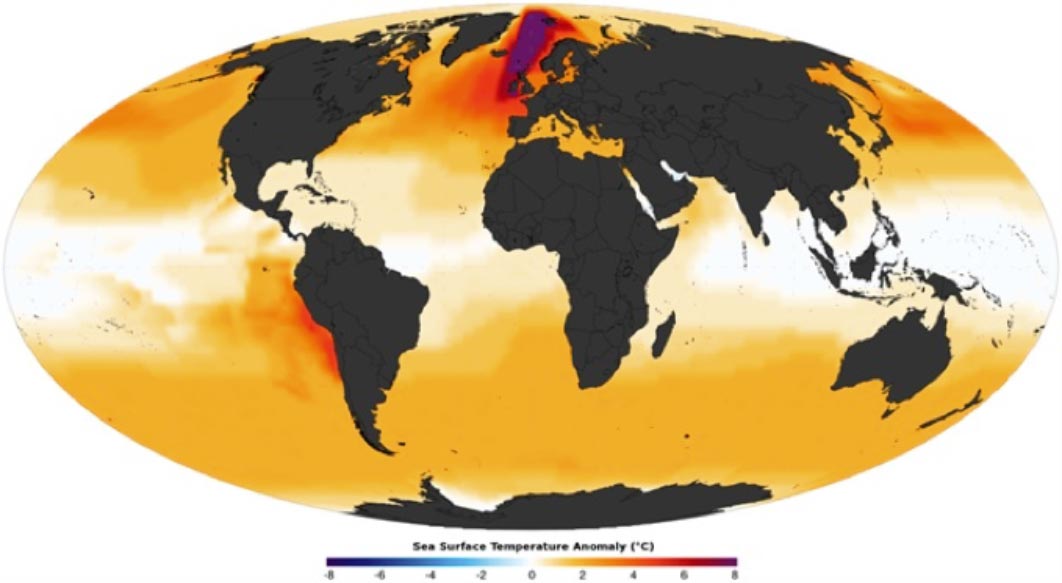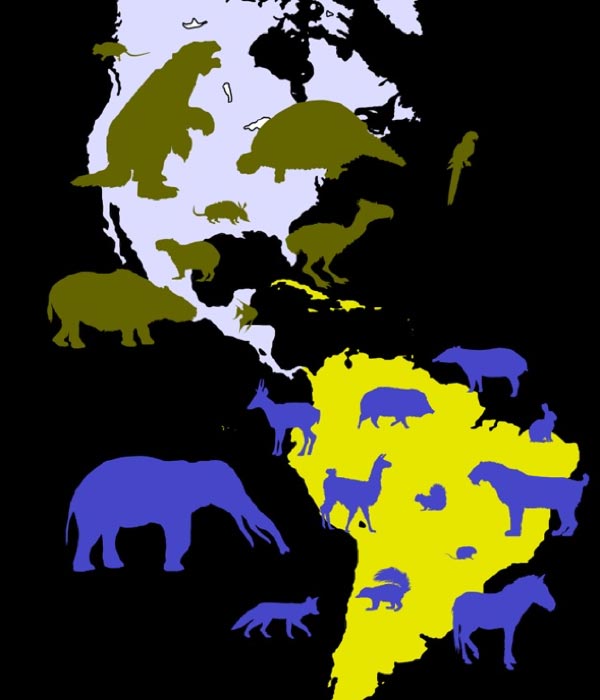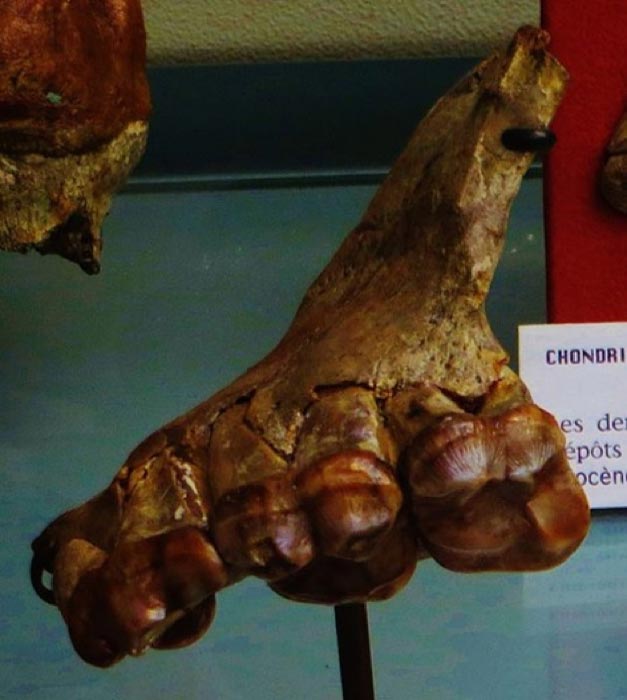
Lucy and the Monstrous Birds, Fanged Beasts and Ferocious Fish of the Pliocene Epoch
In the geologic timescale that extends from 5.33 million to 2.58 million years ago, by universal standard, the Pliocene epoch was relatively recent, and it was at this time, when prehistoric life on Earth was adapting to a cooling climate, that mankind’s earliest ancestors emerged, facing monstrous adversaries. In seeking answers as to what Earth was like at this time, to put man’s early ancestors in an environmental context, one must venture through forests infested with ferocious beasts and swim in seas dominated by creatures beyond the wildest imagination.

Mid-Pliocene reconstructed annual sea surface temperature anomaly (Giorgiogp2 /CC BY-SA 3.0)
During the Pliocene epoch the Earth supported tropical conditions similar to the equator today, but there were much more pronounced seasonal changes at northern and southern latitudes with average global temperatures of about seven or eight degrees (Fahrenheit), which is much higher than they are today. The Alaskan land bridge between Eurasia and North America reappeared and the Central American Isthmus formed joining North and South America and these events, and others, sparked a rapid migration of fauna between three giant continents.

Examples of migrant species in the Americas after the formation of the Isthmus of Panama. Olive green silhouettes denote North American species with South American ancestors; blue silhouettes denote South American species of North American origin. (CC BY-SA 1.0)
Terrestrial Beasts of the Pliocene
Apes and species which would become hominids originated in and were restricted to Africa with scattered communities in Eurasia and North America, but the migration of other wildlife between Africa and Eurasia unsettled ancient mammalian ecosystems by increasing competition, causing displacement and sparking widespread extinctions. According to Dr. Donald R. Prothero in his book After the Dinosaurs: The Age of Mammals examples of animal migration are the ancestral camel, the Titanotylopus, which migrated from North America to Asia and the giant prehistoric bear, Agriotherium, which roamed in Eurasia, North America, and Africa.

Fossil of Agriotherium at Museum d’Histoire Naturelle, Paris. (CC BY-SA 3.0).
Before the Pliocene epoch there was no land bridge between North and South America and the latter was a giant ocean-locked continent populated by giant marsupials like Borhyaena, a 200-pound slouching predatory marsupial, much like the African hyena Cladosictis, and Thylacosmilus, the marsupial equivalent of the saber-tooth tiger with even longer canine teeth. The winners of these times, which are known as the ‘Great American Interchange’ were the mammals of North America that eventually wiped out their ancient South American relatives. Megafauna mammals also emerged in the late Pliocene epoch including the woolly mammoth in Eurasia and North America, Smilodon (saber-toothed tiger) in North and South America which eventually went extinct through climate change and being hunting by humans.





